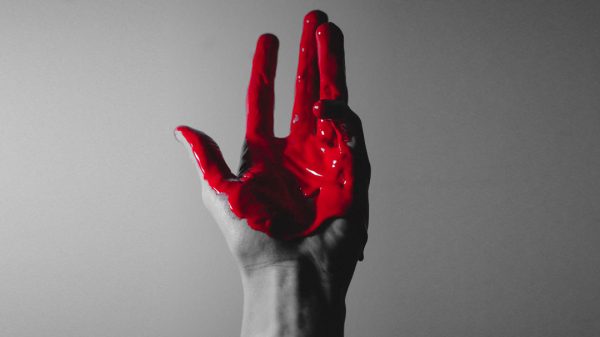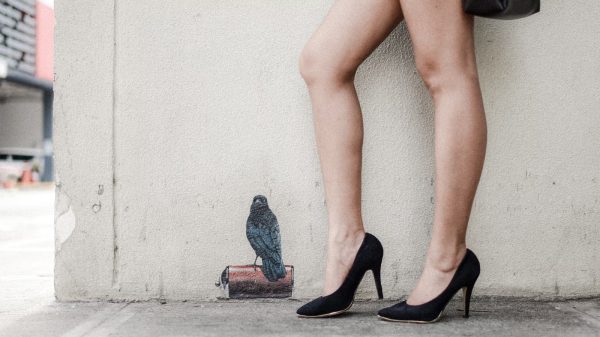With HIV-related services starting to return in the time of COVID-19, 1,045 new HIV infections were reported in the Philippines in July 2021, totaling 33 new cases per day. Ninety-six percent (1,005) of the newly-reported cases were male; and 2% (20) identified as transgender women at the time of testing.
This is according to the latest data from the HIV/AIDS & ART Registry of the Philippines (HARP) of the Department of Health (DOH), which added that – of the new cases – 12% (129) already had clinical manifestations of advanced HIV infection at the time of testing.
The regions with the most number of reported HIV cases were National Capital Region (NCR), CaLaBaRZon (4A0, Central Visayas (7), Central Luzon (3), and Western Visayas (6). These regions comprised 77% of the total number of cases for this period.
YOUNG ADVERSELY AFFECTED
The HARP data also noted that more than half of the cases (52% or 543) of the newly-infected were 25-34 years old at the time of diagnosis, 30% (310) were 15-24 years old, 15% (160) were 35-49 years old, 3% (29) were 50 years and older, and <1% (3) were less than 15 years old. The median age was 28 years old (age range: 1-67 years old).
Over 30%, therefore, were under the age of 24 at the time of diagnosis, stressing HIV’s effect on young Filipinos.
Of the 310 cases involving the 15-24 age group, 96% (297) of were male. Ninety-six percent (299) were infected through sexual contact (19 male-female sex, 220 male-male sex, 60 sex with both males and females), one (<1%) case was infected through sharing of infected needles, and 10 (3%) cases had no data on the mode of transmission (MOT).
Meanwhile, there were 44 newly-reported HIV-positive adolescents in July 2021. Of these, 25% (11) were 15-17 years old and 75% (33) were 18-19 years old. Ninety-five percent (42) of adolescents were infected through sexual contact (3 male-female sex, 32 male-male sex, 7 sex with both males and females). Two (5%) adolescents had no data on MOT.
Further, three children were diagnosed with HIV in this reporting period and acquired HIV through vertical transmission (formerly known as “mother-to-child transmission”).
MODES OF TRANSMISSION
Of the (1,045) total reported cases in July 2021, 95% (997) were infected through sexual contact, making this the main MOT.
There were 15 (1%) cases who acquired HIV through sharing of infected needles, and – aside from the three (<1%) children that had been infected through vertical transmission – there were 30 (3%) cases that had no data on MOT.
It is also worth noting that 11% (110) of the newly-reported HIV cases engaged in transactional sex. Half (55) of the cases reported paying for sex only, 34% (37) reported accepting payment for sex only, and 16% (18) engaged in both. All were male and aged from 18-54 years old (median age: 30 years old).
KEY AFFECTED POPULATIONS
There were also other key affected populations.
Three HIV-positive women reported pregnant at the time of diagnosis. One case each were reported from Bicol (5), Central Visayas (7), and Eastern Visayas (8). The age of diagnosis ranged from 26 to 33 years old (median age: 26 years old).
Fifty Filipinos who worked overseas within the past five years, whether on land or at sea, were reported with HIV in the same period. They comprised 5% of the total (1,045) diagnosed cases for this period. Among the newly diagnosed OFWs, 94% (47) were male.
In the case of the OFWs, 98% were infected through sexual contact (13 male-female sex, 15 male-male sex, 21 sex with both males and females). One (2%) case had no data on MOT. The age of diagnosis ranged from 22 to 55 years old (median age: 34 years old).
POST-DIAGNOSIS SITUATION
A total of 52,342 people living with HIV (PLHIV) were (as of July 2021) already on antiretroviral treatment (ART), including the 941 people with HIV (PLHIVs) who were initiated on ART for this period.
Nine hundred thirty-nine were on first line regimen, one was on second line regimen, and one was on third line of regimen. The median CD4 of these patients upon enrollment was at 178 cells/mm3.
There were 60 reported deaths, all the same, belying the oft-cited “HIV is not a death sentence” mantra. Among those who died, 78% (47) of were males. Moreover, two cases were less than 15 years old, one was 15-24 years old, 16 were 25-34 years old, 33 were 35-49 years old, and seven were 50 years and older. There was one case with no reported age at the time of death.
The top three regions with the most number of reported deaths were NCR with 24 (40%) cases, Region 3 with 17 (28%) cases and Region 4A with four (7%) cases. The rest of the country reported 12 (20%) cases while three (5%) cases have no reported.
From January 1984 to July 2021, there were a total of 4,920 reported deaths. The number may not represent the truth, though, due to under- or non-reporting.




































































